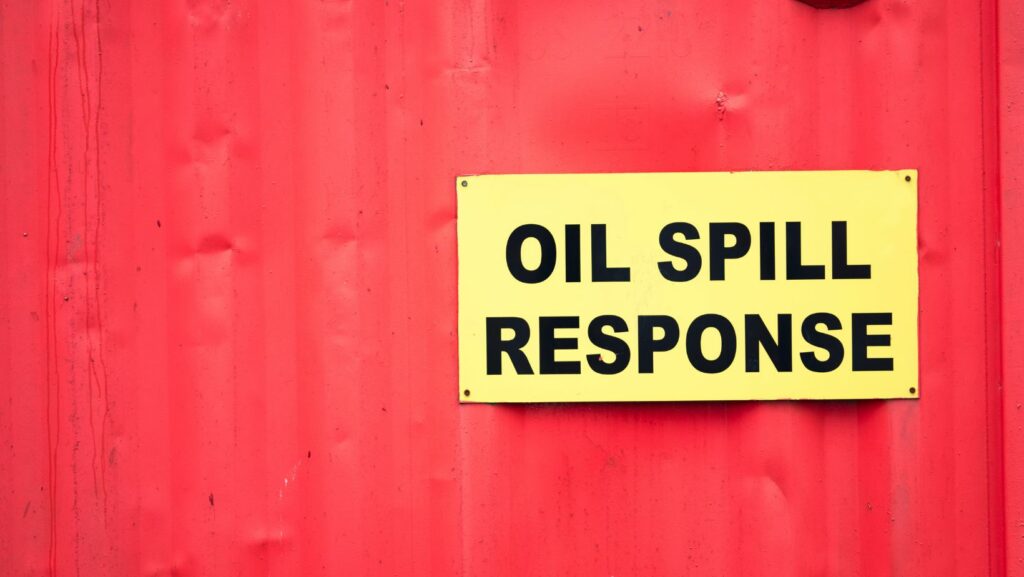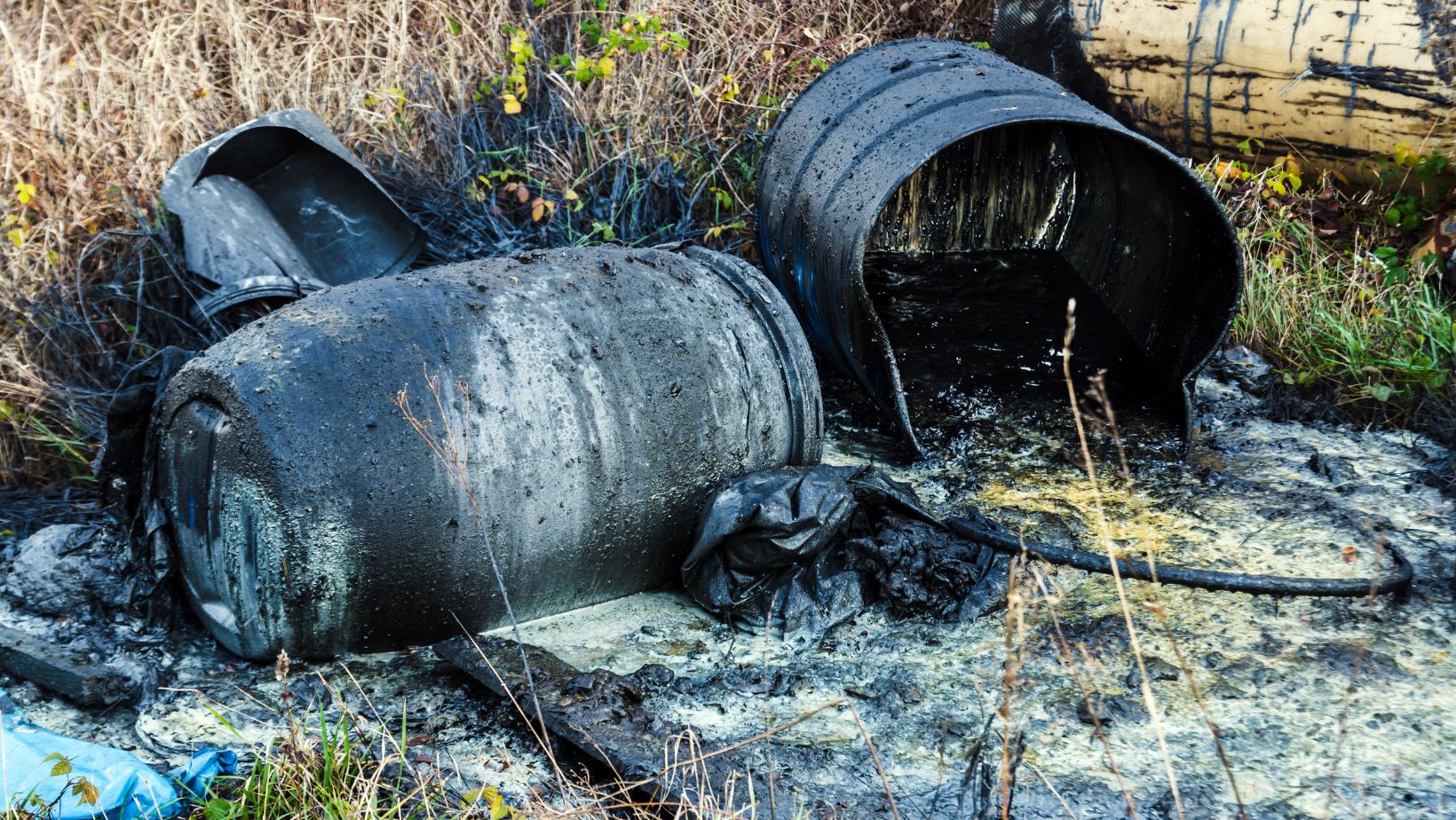
Which of The Following is a Good Practice to Prevent Spillage? Discover That
Which of The Following is a Good Practice to Prevent Spillage?
When it comes to preventing spillage, there are several good practices that can be implemented. One effective method is to always use spill-proof containers. These containers are designed with special lids or caps that prevent liquids from leaking out, even if the container is tipped over or jostled. Another important practice is to handle containers with care, ensuring that they are properly sealed and stored in an upright position. Additionally, it is crucial to avoid overfilling containers, as this increases the risk of spillage. By following these practices, you can significantly reduce the chances of spills and the resulting mess and potential damage.
One of the key practices to prevent spillage is to maintain a clean and organized workspace. Keeping the area free from clutter and debris not only reduces the risk of accidents but also makes it easier to spot and address potential spill hazards. Additionally, it is important to regularly inspect and maintain equipment and containers to ensure they are in good working condition. This includes checking for any cracks, leaks, or damage that could lead to spillage. By taking these proactive steps, you can create a safer environment and minimize the chances of spills occurring.
Choose the Right Container
When it comes to preventing spillage, choosing the right container is essential. Here are a few key practices to keep in mind:
- Select spill-proof containers: Opt for containers that are specifically designed to be spill-proof. These containers often come with tight-fitting lids or caps that securely seal the contents inside. They are especially important when dealing with liquids that have a high risk of spillage, such as chemicals or oils.
- Consider the material: Different materials have different properties, so it’s important to choose a container made from a material that is compatible with the substance being stored. For example, if you’re storing a corrosive liquid, a container made of stainless steel or plastic that is resistant to corrosion would be a wise choice.
- Check for durability: Ensure that the container you choose is durable enough to withstand the conditions it will be exposed to. This includes factors such as temperature, pressure, and the potential for impact or rough handling. Fragile containers are more likely to crack or break, leading to spills.
By following these practices and choosing the right container, you can greatly reduce the chances of spillage. Remember, prevention is always better than dealing with the aftermath of a spill.

Use Proper Lids or Covers
When it comes to preventing spillage, using proper lids or covers is a crucial practice. Properly sealed containers can significantly reduce the risk of spills and leaks. Here are a few reasons why using the right lids or covers is important:
1. Sealing in the contents: A tight-fitting lid or cover helps to seal in the contents of a container, preventing them from spilling out. This is especially important when dealing with liquids that are prone to leakage, such as oils, chemicals, or hazardous substances.
2. Preventing evaporation: In addition to preventing spills, using a lid or cover can also help to minimize evaporation. Some substances, like solvents or volatile liquids, can evaporate quickly if left uncovered, leading to not only wastage but also potential health and safety risks.
3. Protecting against contaminants: Lids or covers also act as a barrier, protecting the contents of a container from contamination. This is particularly important when storing food, beverages, or sensitive materials that can be easily affected by exposure to air, dust, or other external elements.
To ensure proper sealing and prevent spillage, it is important to choose lids or covers that are specifically designed for the type of container being used. Additionally, it is essential to follow any manufacturer guidelines regarding the correct usage and maintenance of lids or covers.
By incorporating the practice of using proper lids or covers into your spill prevention strategy, you can significantly reduce the risk of spills, leaks, and contamination. Remember, prevention is always better than dealing with the consequences of a spill. So, make sure to invest in high-quality, spill-proof lids or covers to safeguard your containers and their contents.
In conclusion there are several good practices that can be implemented to prevent spillage. These include using spill-proof containers, handling containers with care, and avoiding overfilling them. Maintaining a clean and organized workspace, regularly inspecting and maintaining equipment and containers, and using appropriate containers and packaging materials during transportation are also essential practices.





